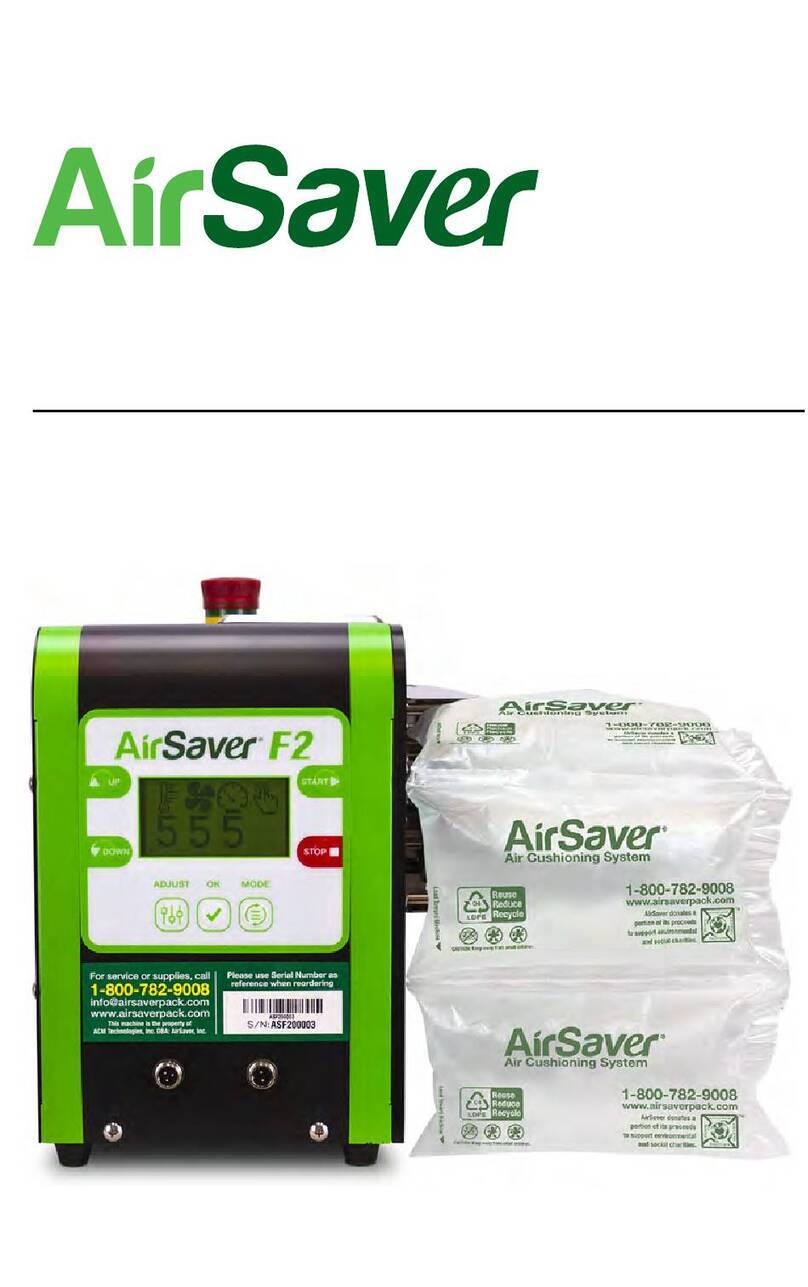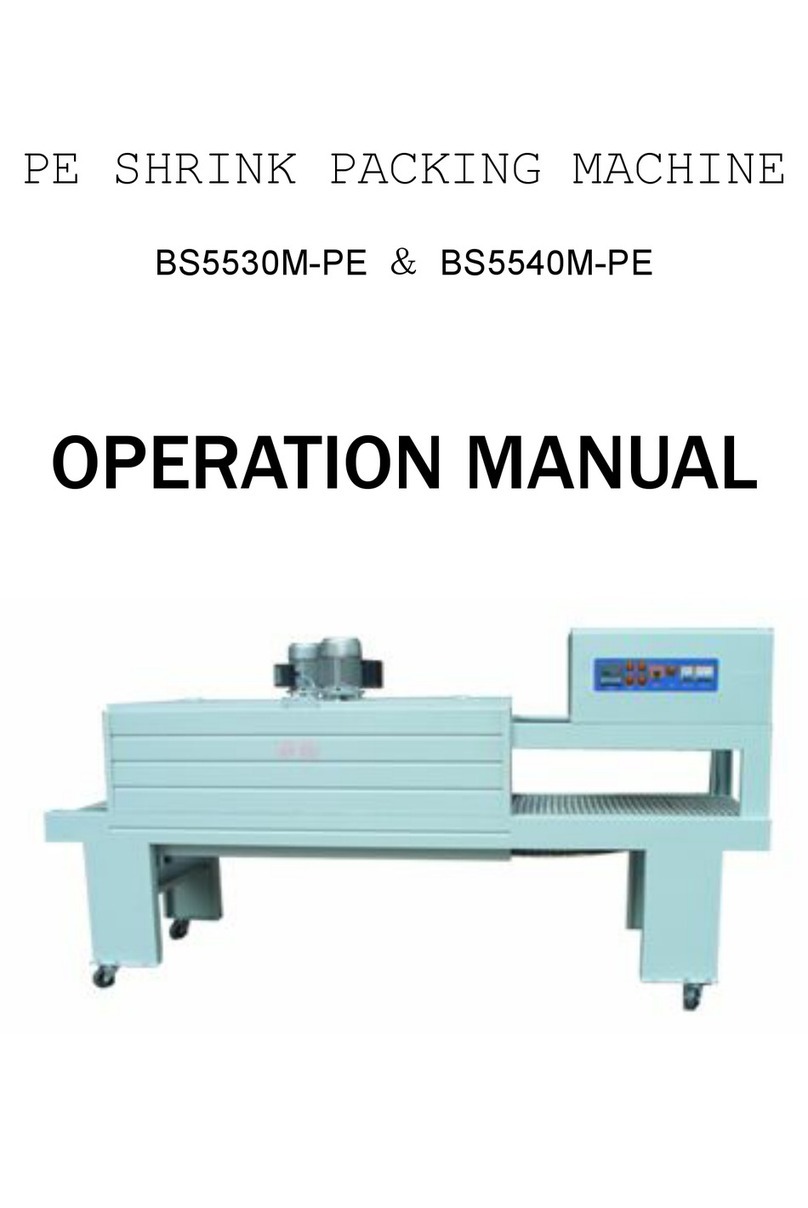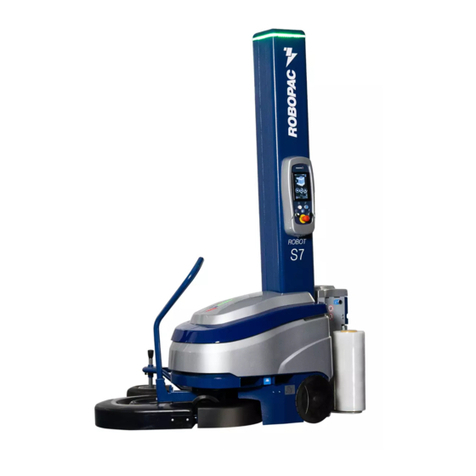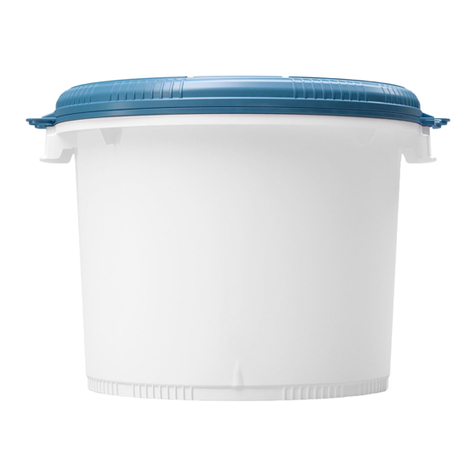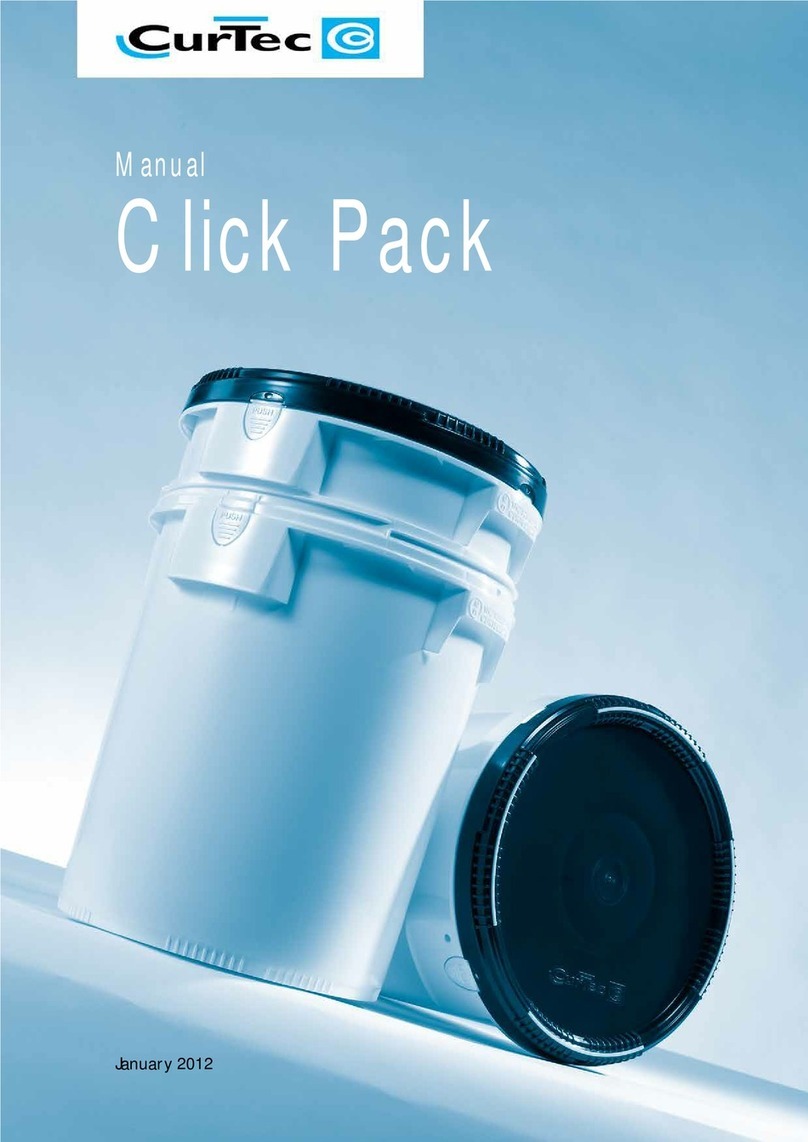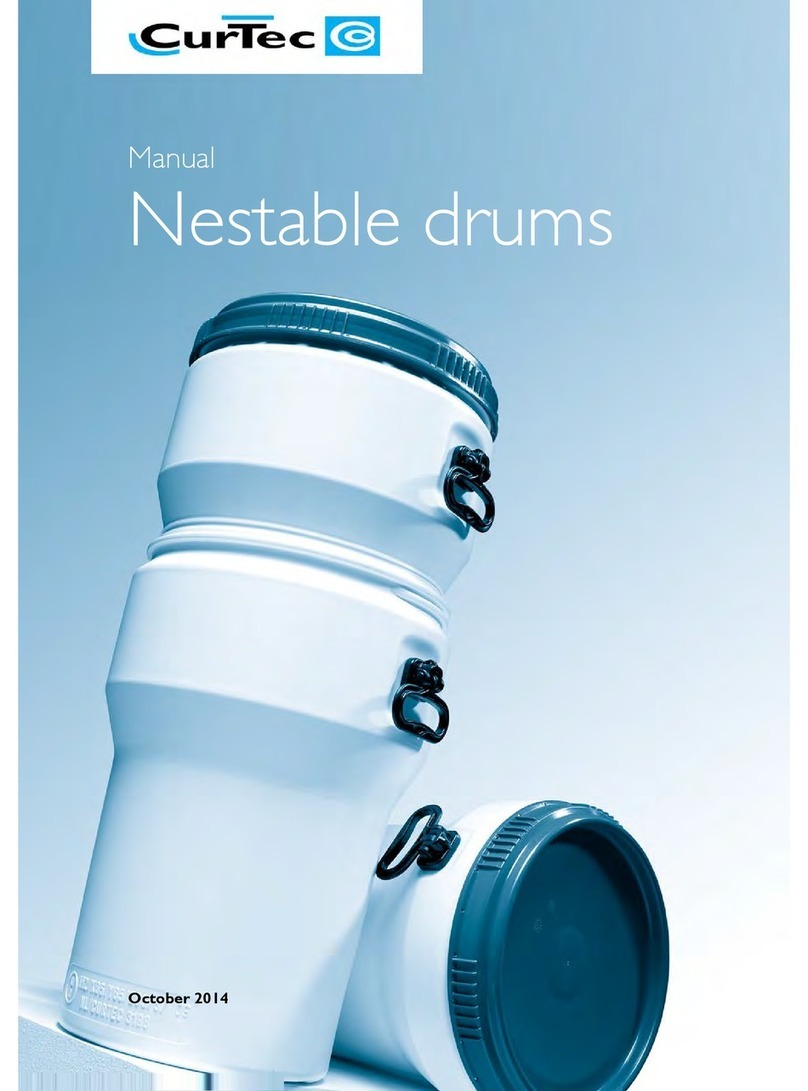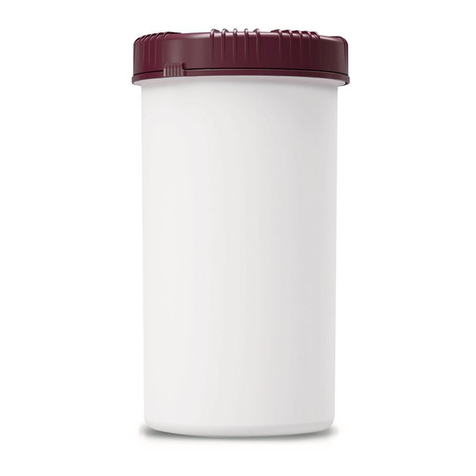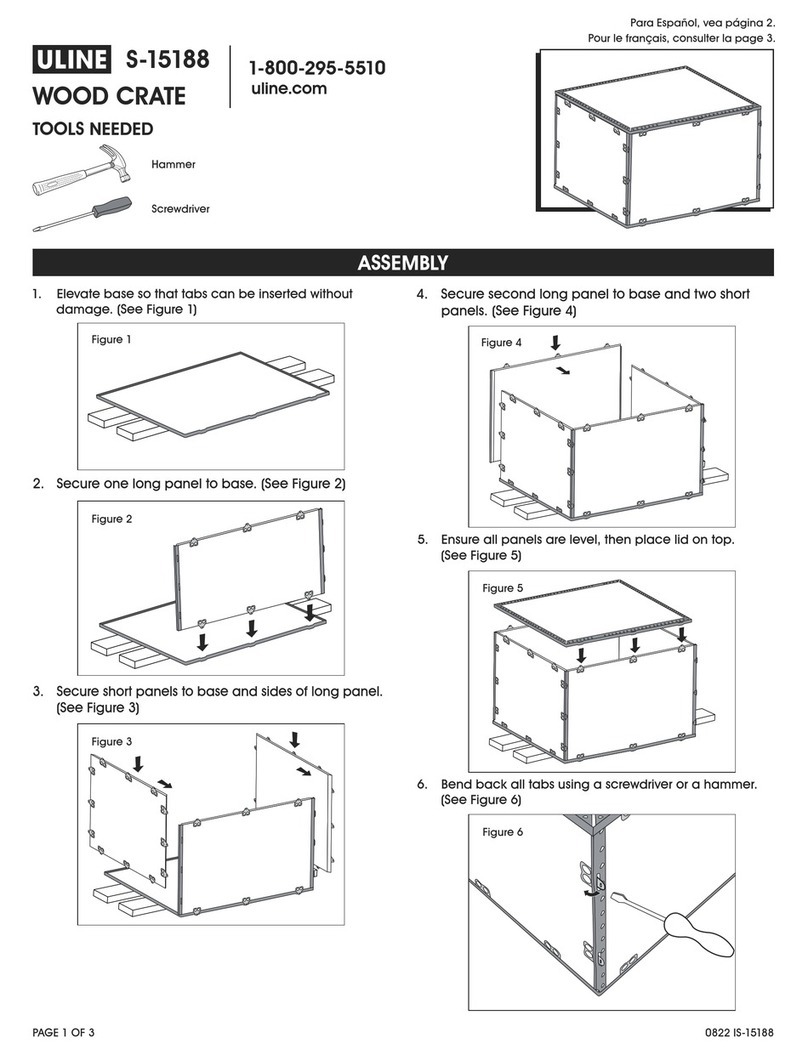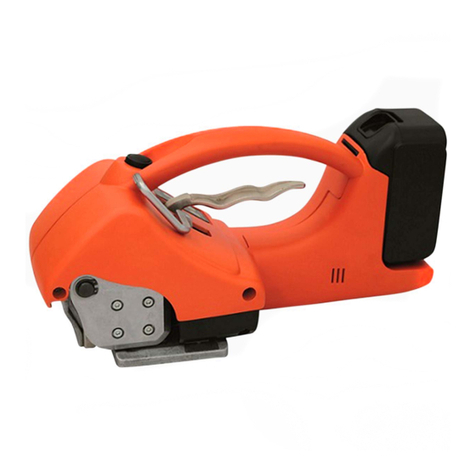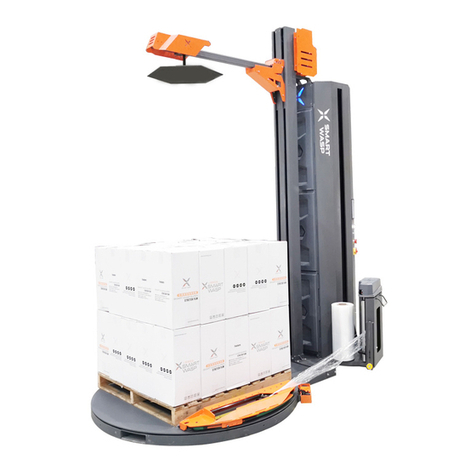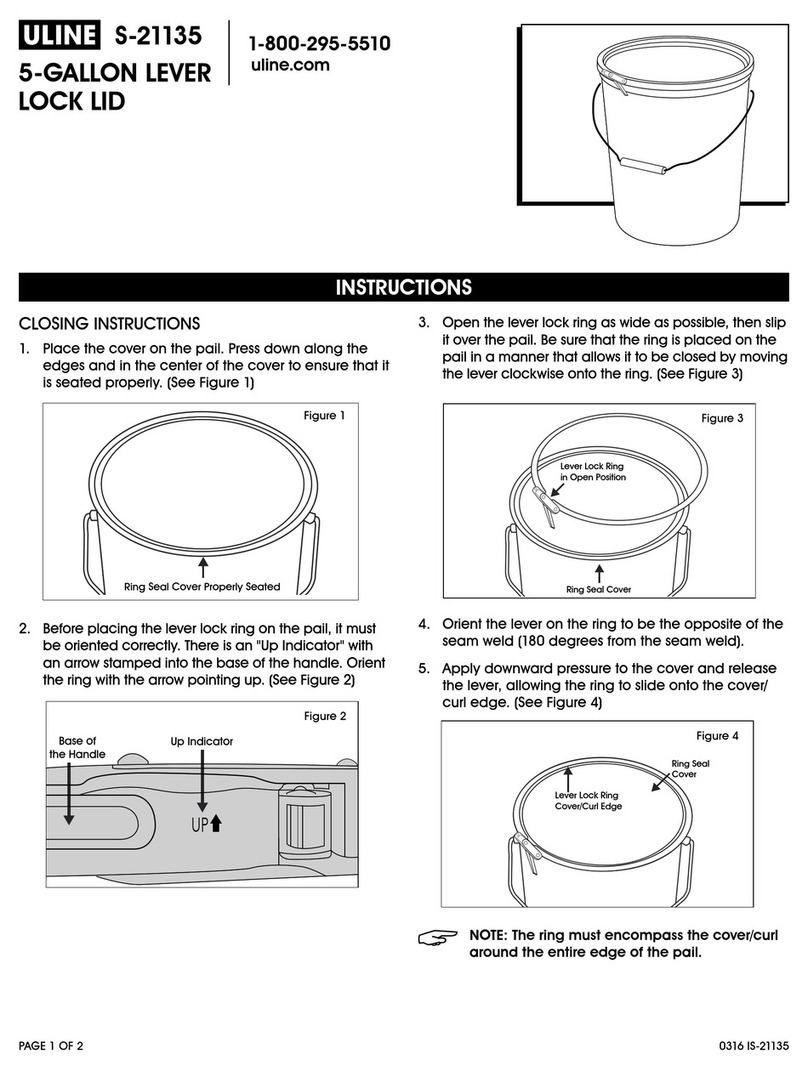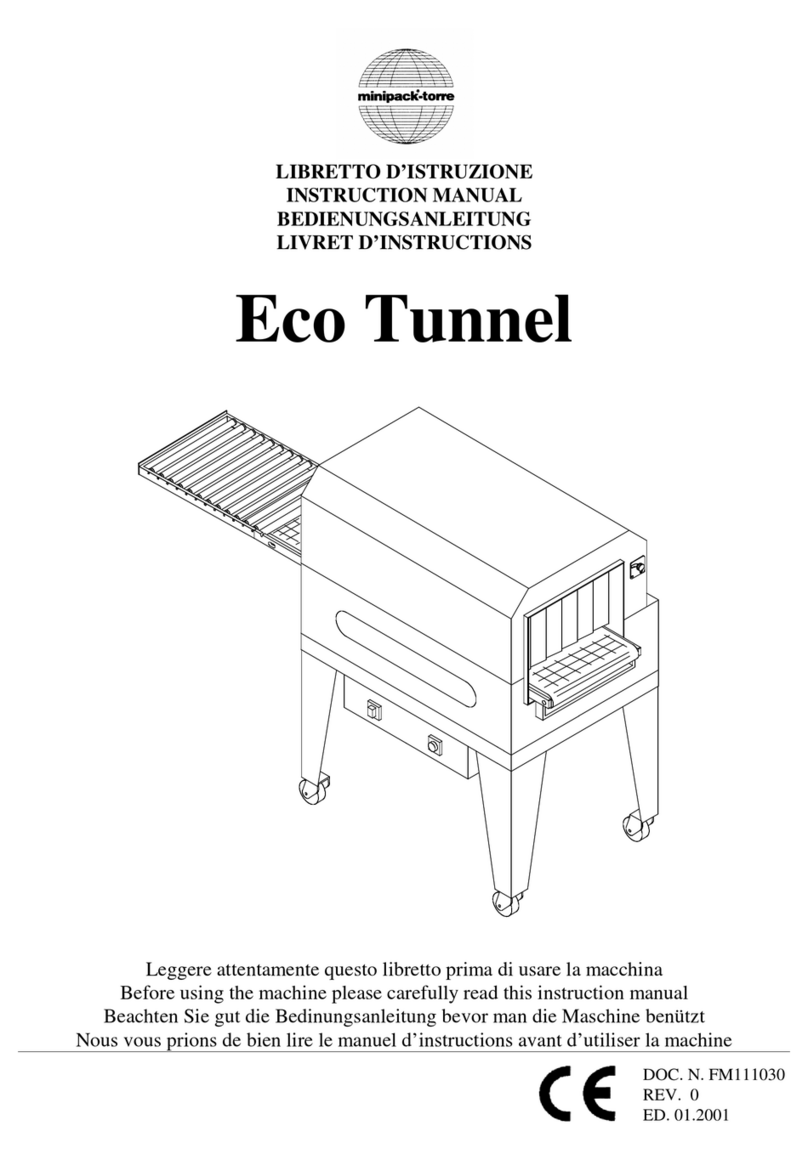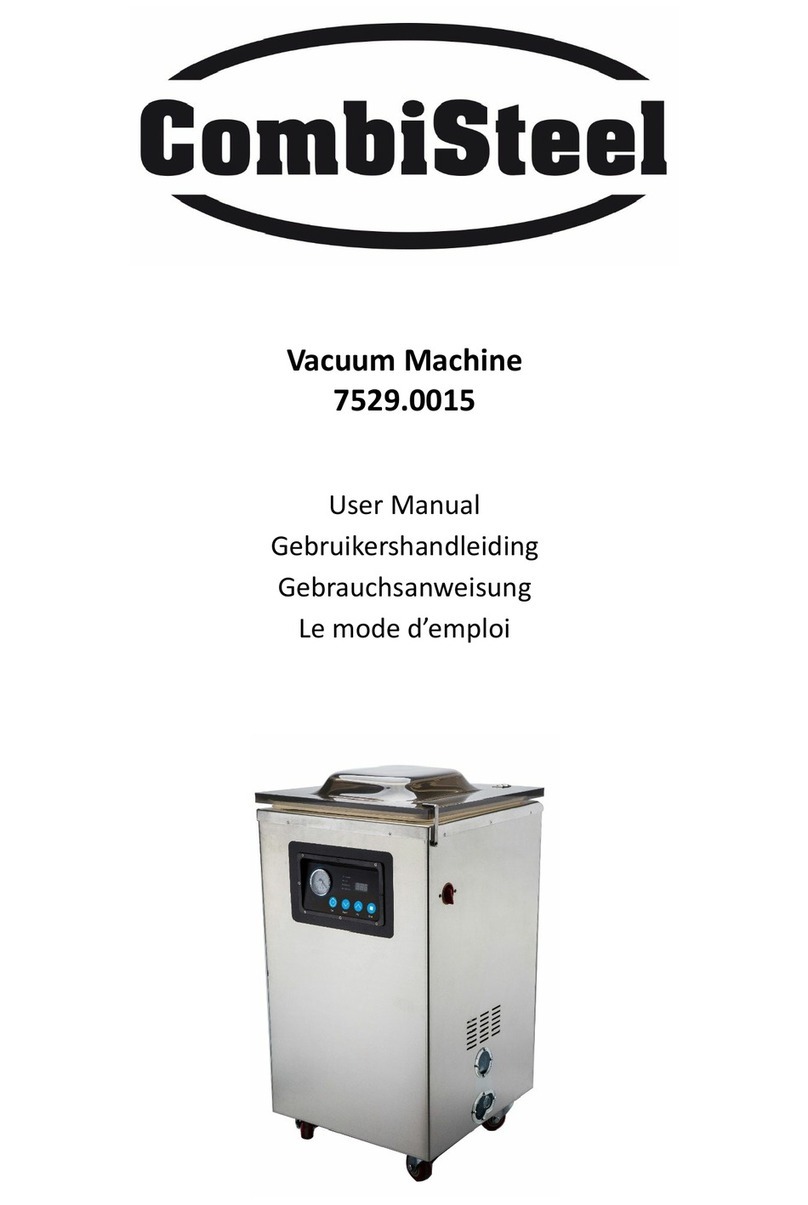Click Pack manual 2019-3
03 Use
Filling
The temperature of the content cannot exceed 70°C. The content
has to cool down to 30°C before the container can be closed. The
drum can be closed according to instruction 1.
Lifting
A Click Pack can be easily lifted and moved both mechanically and
manually. Use the handgrips on the container or the (optional)
handle.
Charging the handle
The handle has been designed for manual handling only. They are
are not suitable for mechnical handling, such as lifting a Click Pack
with a hoist. The maximum charge on a handle is:
-6 kg > 4406
-30 kg > 4410/15/20, 4515/20/25
These weights match the UN markings and have been validated.
Attention! Please consider the HSE regulations regarding weight
and frequency restrictions for lifting
Emptying
Open the container following instruction no. 2. Use the rim, the
handle or the pouring grip and the base to tip the container and
pour out the contents.
Freezing
Click Pack is made of plastic which is resistant to a minimum
temperature of -18°C. As of -5°C, shock load on the containers
should be avoided.
Attention! The volume of containers filled with water-based
contents can increase by 10%. The chances that containers will
distort is real and it will reduce the stability of a container stack on
a pallet. Please maintain a maximum filling level of 90% and test
the stability of a pallet stacking.
